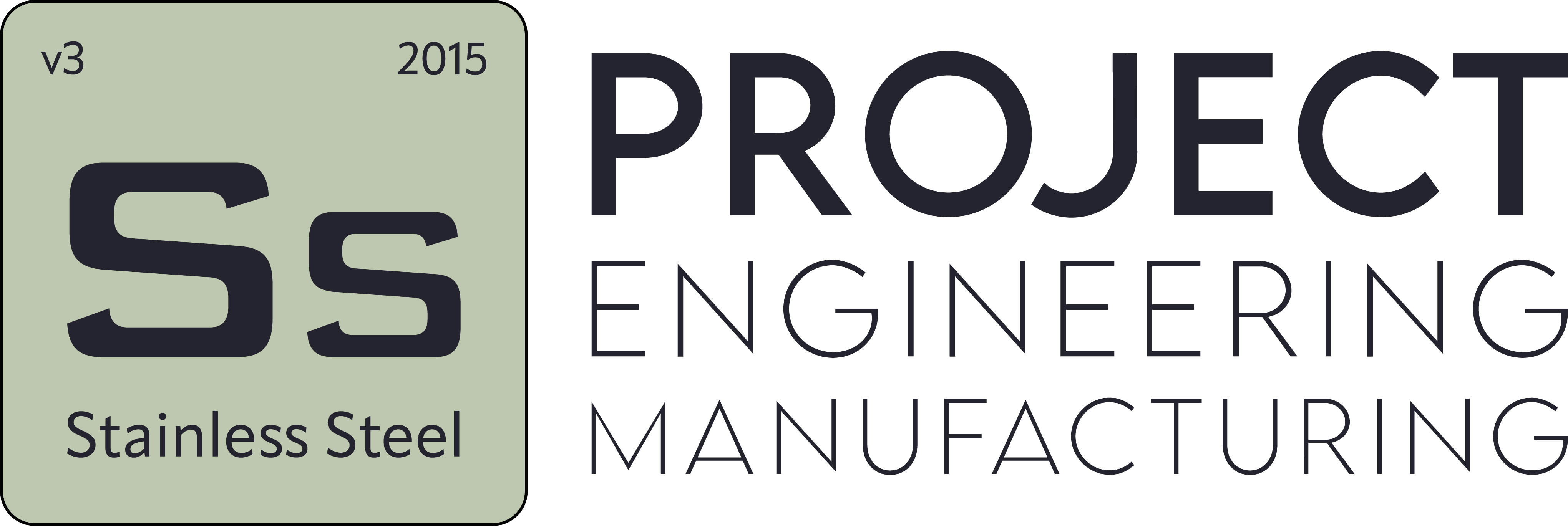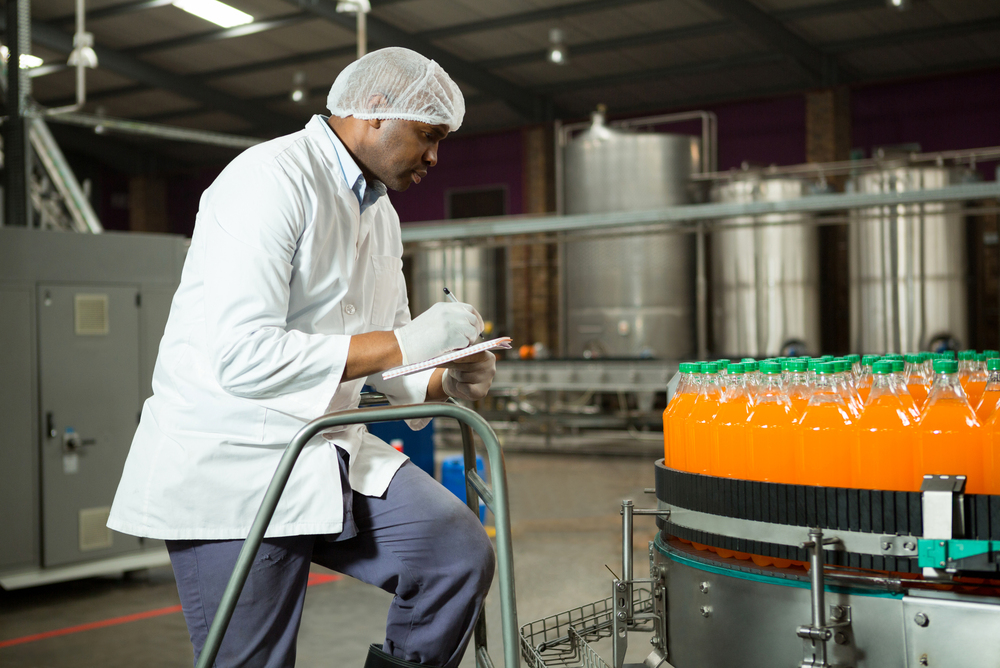Food Sector Installations
- Blog
- Food Sector Installations
Food Sector Installations
What Piping Systems Are Used in the Food Industry?
Piping systems used in the food industry are specially designed to ensure production processes are conducted in a hygienic, safe, and efficient manner. Every system that comes into direct contact with food must be installed to prevent microbial contamination and be easy to clean. Therefore, both the materials used and the application techniques are chosen with utmost care.
Commonly used piping systems in the food industry include hygienic stainless steel piping systems, CIP (Clean-In-Place) cleaning lines, process lines, heating-cooling lines, liquid and semi-fluid product transfer systems, mixing and dosing units, filtration systems, storage tanks, and pump & valve systems. These systems both maintain product quality during production and facilitate cleaning and maintenance.
All piping systems must comply with international hygiene standards such as FDA, 3-A, EHEDG applicable to food production. In particular, pipe inner surface roughness, connection methods, and sealing components are critical to mitigating contamination risks.
As SS Proje, we provide system solutions that ensure high hygiene, reliability, and efficiency for all piping needs specific to the food industry. With our engineering approach tailored to industry dynamics, we create safe and sustainable infrastructure for your production lines.
Why is Hygiene Critical in Food Piping Systems?
Hygiene in food piping systems is critical because it directly impacts human health. Pipes, tanks, valves, and connection equipment used in the production process are in constant contact with food products. During this contact, microbial residues, bacteria, or chemical deposits that accumulate in the system can lead to product spoilage, contamination, and consequently, public health risks.
In a facility where hygiene is not maintained, product quality declines, shelf life shortens, and recall risks increase. Additionally, a lack of hygiene can violate the facility’s legal responsibilities, leading to severe penalties during inspections and damage to brand reputation. Therefore, all systems used in food piping must be easy to clean, leak-proof, and have smooth surfaces.
As SS Proje, we prioritize hygiene as the primary criterion in our piping solutions for the food industry. From stainless steel piping systems to CIP cleaning lines, we design and implement all infrastructure in compliance with international hygiene standards. This ensures both product safety and supports production continuity.
Which Piping Systems Are Preferred in Food Production?
Piping systems preferred in food production must meet high standards for hygiene, durability, and cleanliness. Therefore, the most commonly used piping systems are hygienic stainless steel pipes. In particular, AISI 304 and AISI 316L grade stainless steel pipes are preferred in areas with direct food contact. These pipes, with their non-porous and smooth inner surfaces, prevent microbial adhesion and are fully compatible with cleaning systems like CIP (Clean-In-Place) and SIP (Sterilize-In-Place).
In addition, food-compatible plastic pipes (e.g., PFA, PTFE, PP, or PVDF) may be used in specific applications. However, these pipes are typically used in acidic or low-temperature lines as supplementary systems. For main transfer lines, stainless steel is the primary choice due to its longevity, thermal resistance, and hygiene advantages.
Pipes used in food production that are electropolished reduce surface roughness, enhancing hygiene levels. It is also important that connection components in piping systems are clamped (tri-clamp), gasketed, and leak-proof.

Why is Stainless Steel Used in Piping Systems Specific to the Food Industry?
The primary reason for using stainless steel in piping systems specific to the food industry is its ability to meet hygienic requirements and its superior performance in terms of durability. Surfaces in direct contact with food must be easy to clean, resistant to microbial adhesion, and chemically resistant. Stainless steel, with its smooth and non-porous structure, prevents bacterial adhesion to surfaces, thereby minimizing contamination risks.
Additionally, stainless steel is resistant to high temperatures and pressures, allowing processes like steam sterilization to be safely applied. Its resistance to cleaning chemicals and acidic substances ensures longevity, enabling years of use without deformation. It is also fully compatible with CIP (Clean-In-Place) systems commonly used in food production.
As SS Proje, we use AISI 304 and AISI 316L grade stainless steel for all piping and connection systems in food production facilities, maintaining hygiene standards and ensuring sustainability of production processes. This protects product quality and ensures full compliance with legal and industry audits.
How is Cleaning and Sterilization Achieved in Food Piping Systems?
Cleaning and sterilization in food piping systems are essential processes to ensure product safety and prevent microbial contamination. These processes ensure the system is cleaned at regular intervals and hygiene is consistently maintained. One of the most commonly used methods is the CIP (Clean-In-Place) system. CIP involves circulating hot water, detergents, and disinfectants through the pipes in a closed loop without disassembling the system. This method saves time and ensures the production line remains hygienic without interruption.
After cleaning, rinse water is used to completely remove residual chemicals from the system. In some specialized production lines, the SIP (Sterilize-In-Place) method, which uses high-temperature steam sterilization, is applied. This process completely eliminates microorganisms from the system.
The smooth inner surface of stainless steel enhances the effectiveness of cleaning and sterilization processes. Additionally, clamped (Tri-Clamp) connections allow necessary sections of the system to be easily opened and inspected.
As SS Proje, we design all food piping systems to be fully compatible with CIP and SIP systems, ensuring hygiene is sustainable not only initially but throughout the entire production process.
How Do CIP Systems Work in Food Production Facilities?
In food production facilities, CIP (Clean-In-Place) systems provide a hygienic solution for automatically and effectively cleaning the production line in a closed loop without disassembly. The CIP system cleans the inner surfaces of pipes, tanks, valves, and other process equipment using chemical detergents, hot water, and disinfectants without interrupting the production process.
The system begins with a pre-rinse to remove product residues. Then, alkaline or acidic detergents are introduced to dissolve contaminants like fats and proteins. After cleaning, a rinse is performed to completely remove chemical residues. In the final stage, sterilization is often achieved using steam or chemical disinfectants.
The automated control of CIP optimizes water and chemical usage, minimizes human error, and shortens cleaning times. Additionally, the smooth inner surfaces of stainless steel piping systems enable CIP processes to occur with high efficiency.
As SS Proje, we integrate CIP systems in food production facilities using the latest technologies, making your piping infrastructure both hygienic and economically sustainable. This helps safeguard your production quality.


